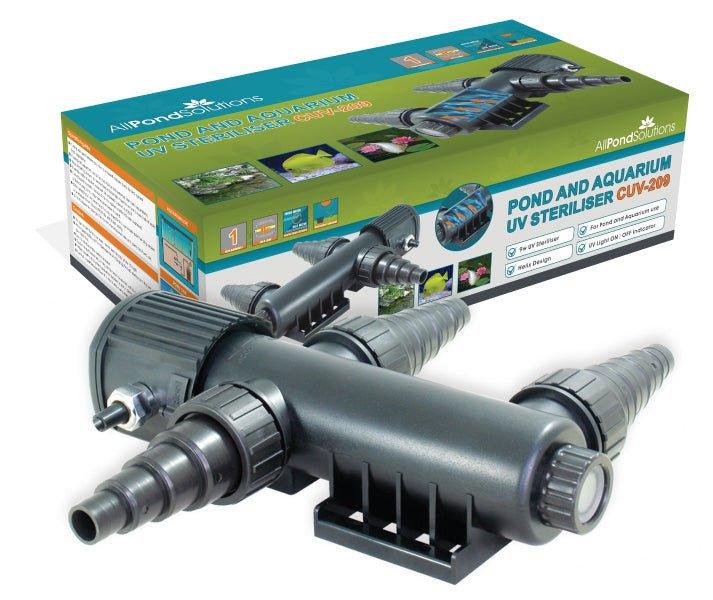Fish Files: Lake Malawi Cichlids
If you are looking at setting up a Malawi or African cichlid fish tank, you will first need to choose if you would like to keep Mbuna or Aulonocara. As with all cichlids, African cichlids are very aggressive, so when picking which species you would like, make sure you research thoroughly to ensure they are compatible and you have created the correct environment for the species you choose. Here is a bit of a closer look into these two main groups:
Mbuna
Mbuna are generally smaller than Auloncara and are sized between 4-6”. They are not a schooling fish but like to live in large groups with a rocky environment. They are highly aggressive, but when kept in larger groups aggression is reduced as they are not able to establish territories. This group includes species such as the Demansons cichlid, Blue Zebra Mbuna and Red Zebra Mbuna.
Aulonocara
Auonocara are known more simply as peacock cichlids, these are endemic to Lake Malawi and are known to be one of the more peaceful members of the cichlid family. These are best kept with medium sizes non-aggressive lake Malawi cichlids, they themselves are less aggressive than mbuna cichlids. This genus in mainly sexually dimorphic, meaning that males and females differ in colour. The most popular of these include the Blue Peacock cichlid, Red Peacock cichlid and Malawi Butterfly
Aquarium requirements
Unlike most other community tank set-ups, the best way to keep Malawi cichlids is to overstock the tank. This reduces aggression as dominant fish have a harder time defending their territory. However, overstocking means that you will need a good filtration system on the tank to account for the excess waste produced; an external filter is the most suitable option. They require a tank temperature of 23-28 degrees and a PH of 7.8-8.6. They will require a tank of at least 90 litres in size for a pair or small group, they require a rocky terrain with lots of caves to hide within, coral gravel is often used to raise PH as well as adding Malawi salts.
Diet
Mbuna cichlids are herbivores and their main diet source is algae from the sounding rocks, due to their diet they are not advised to be kept with live plants. Whereas Aulonocara are omnivores and prefer a mixed diet of frozen meat foods and vegetable pellets, there are plenty of pellets out there aimed specifically for Malawi cichlids. It is not advised to feed bloodworm of Beefheart as this has been linked to a condition called “Malawi bloat.”
Breeding
Breeding Malawi cichlids is very easy, as long as they are of mature age and their water conditions are kept stable. When ready to breed, the males will become more vivid in colour and display to the female of his choice. He will choose a spot in the tank, usually on a rock and guide the female to this spot. When she is ready she will lay her egg on this chosen area and the male will fertilise. She will then scoop this egg up in her mouth and repeat the process until her mouth is full. In about three weeks’ time, the eggs in her mouth will start to hatch. They will then be released into the tank.
